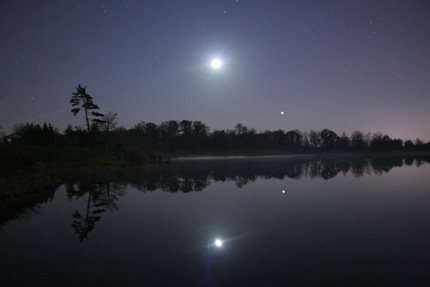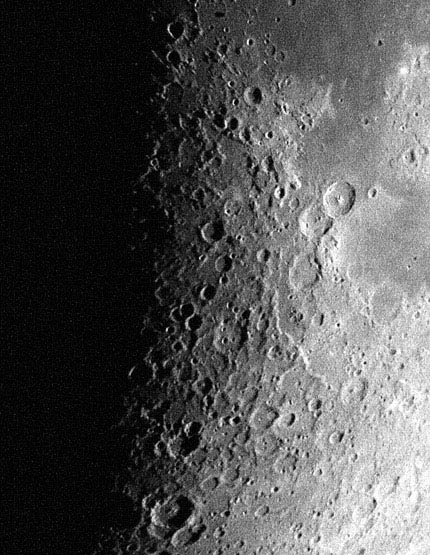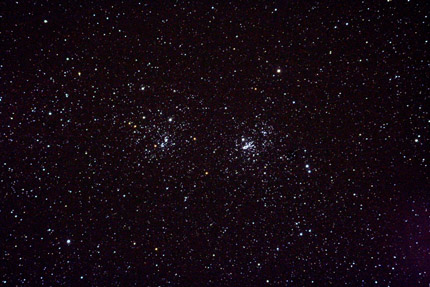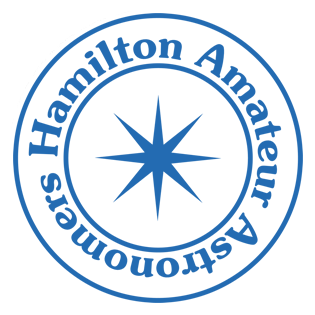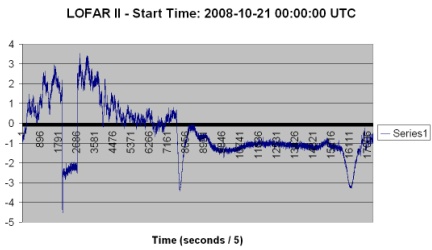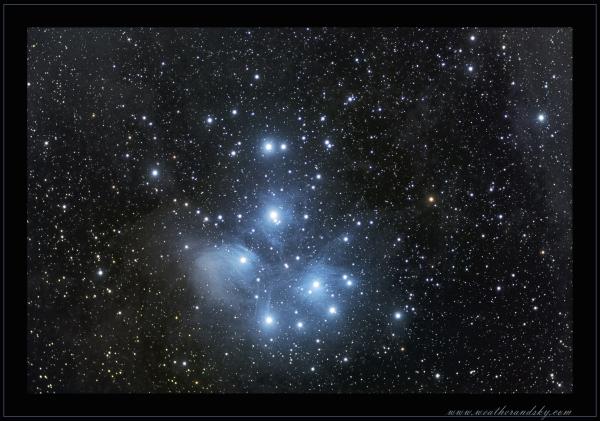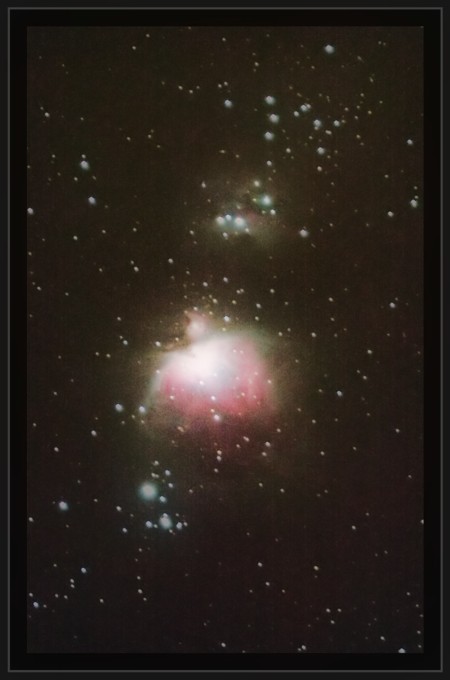The HAA, founded in 1993, celebrated its 15th anniversary with a buffet dinner in our own section of the Mandarin restaurant on Upper James Street in Hamilton on October 17th, 2008.
By 7:30 pm everyone had taken seats, drinks had been ordered and Mike Spicer got us started with instructions about how the Mandarin buffet works and some advice on how to optimize our visit by surveying the food first and then filling our plates. It’s like planning ahead for an evening of astronomy – checking charts for Iridium flares and space station passes, selecting targets for the time of year and only then doing your observing.
52 club members and guests attended our dinner – we were filled up to overflowing! I was especially pleased to see 2 youngsters at the meal, although Alex is starting to look pretty grown up. Of course, my menu had to include at least one chicken ball with red sauce, although the buffet was loaded with plenty of dishes that weren’t Chinese food. After dinner we pushed back a bit from our tables for the door prize draws, including a pair of binoculars donated by Khanscope, a laser pointer donated by Camtech and several beautiful baskets and other prizes prepared by Brenda Frederick.
Mike Spicer as outgoing Chair made some Astronomy book presentations to incoming and outgoing council members and gave pin recognition to some club supporters at the ‘Royal+’ level for their financial benificence in the past year. Don Pullen had crafted some humourous certificates phrased as acknowledgments of world records. They were very entertaining and thoughtful. I received an award for fitting the most aperture and greatest number of astronomers into a VW – which may actually be a world record. In keeping with my now-recognized ability to pack a lot of stuff into a small place, I managed to bring 8 plates to my table plus an extra piece of cake.
While Mike Jefferson cut our anniversary cake which sported a copy of Kerry-Ann’s APOD image of Binbrook’s summer sky and John Gauvreau checked power cords before his presentation, Ann Tekatch read a congratulatory letter from Grant Dixon, one of the club’s founding members who regrettably has moved to Nova Scotia. She has posted the letter in this blog for you to read. Jim Douglas from Binbrook Conservation Area and representatives from administrative groups were presented with a plaque and prints of the now-famous APOD photo of the Milky Way over Lake Niapenco, in appreciation of their commitment to providing dark skies for public observing.
John’s delightful talk captured not only the history of the club, but its reason for being and its current healthy state. He summed our history up by saying not only is there a common thread of astronomy in the HAA but also camaraderie and a lot of food. It was great to know that memories of the event were also being captured in photographs and on video. They will be treasured at our future anniversary celebrations.
The restaurant closed at 10 pm but we were allowed to stay until almost 11 pm when the clear skies outside called an end to our celebration of 15 years as Hamilton’s only active astronomy club! There was only one piece of cake left after the meal (but it’s a big one); we will share it at the council meeting on Wednesday at Jim’s.
